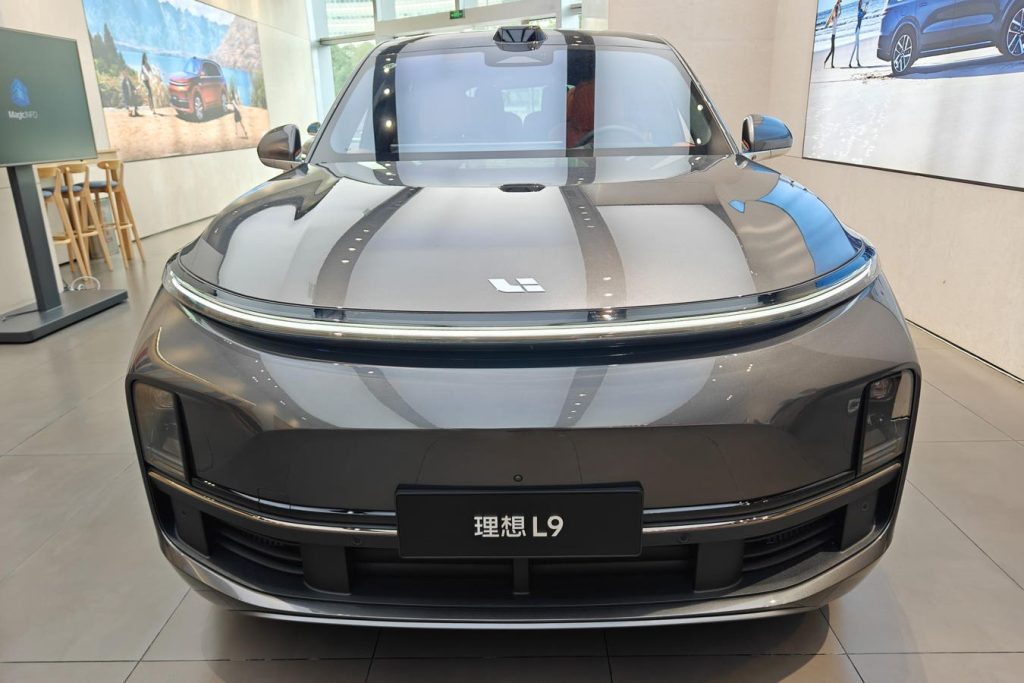Chinese luxury electric vehicle maker Li Auto stock had a stellar October, delivering a total of 40,422 vehicles, representing a 4x year-over-year increase. The number also rose from 36,060 units in September 2023. Li currently offers three SUVs, namely the Li L9, Li L7, and Li L8 which all combine gasoline generators with batteries to extend the range of EVs and reduce range anxiety. All three models appear to be seeing strong demand with Li indicating that it has led the sales chart of SUVs priced above RMB300,000 ($42,000) for six conservative months. Cumulative deliveries of Li Auto vehicles in 2023 reached 284,647 as of the end of last month, an increase of 194% versus last year. Li Auto’s smaller rival XPeng also fared well, delivering 20,002 vehicles, up almost 4x compared to last year and up 30% compared to the previous quarter. Nio continued to lag, with deliveries coming in at 16,074 vehicles for the month of October marking an increase of 60% year-over-year. Price cuts during the second quarter also likely stimulated demand to an extent.
Amid the current delivery strength, Li Auto stock has shown strong gains of 35% from levels of $30 in early January 2021 to around $40 now, vs. an increase of about 15% for the S&P 500 over this roughly 3-year period. However, the increase in LI stock has been far from consistent. Returns for the stock were 11% in 2021, -36% in 2022, and 93% in 2023. In comparison, returns for the S&P 500 have been 27% in 2021, -19% in 2022, and 14% in 2023 – indicating that LI underperformed the S&P in 2021 and 2022. In fact, consistently beating the S&P 500 – in good times and bad – has been difficult over recent years for individual stocks. In contrast, the Trefis High Quality Portfolio, with a collection of 30 stocks, has outperformed the S&P 500 each year over the same period. Why is that? As a group, HQ Portfolio stocks provided better returns with less risk versus the benchmark index; less of a roller-coaster ride as evident in HQ Portfolio performance metrics. Given the current uncertain macroeconomic environment with high oil prices and elevated interest rates, could LI face a similar situation as it did in 2021 and 2022 and underperform the S&P over the next 12 months – or will it see a strong jump?
There are also concerns about global EV demand, with most mainstream automakers, including Volkswagen, Mercedes, Ford, and GM indicating a softer-than-expected uptake. Automotive chip suppliers have also flagged weaker-than-expected uptake for automotive semiconductors for the fourth quarter. However, demand doesn’t appear to be an issue at the moment in China. Fully battery electric vehicles accounted for about 25% of the country’s automotive sales during the month of September. However, competition is mounting and this has resulted in considerable price wars. But, Li’s highly differentiated vehicles should give it an edge in the market. This has also been visible in the company’s recent gross margin trends, with Q2 margins actually rising, compared to rivals Xpeng and Nio which have seen margins slip to single-digits or negative levels. Li is due to report its Q3 results shortly and this trend should largely hold up. Li Auto is also expected to launch its first pure-battery EV model called MEGA by the end of this year, with a range of about 500 miles. Li also appears to have sufficient bandwidth to scale up, with monthly production capacity reportedly standing at 50,000 a month. Li trades at about $40 per share, just slightly off all-time highs seen recently. In relative terms, the stock presently trades at 2.9x estimated 2023 revenues. Although this is ahead of Chinese rival Nio, it is below the likes of Tesla
TSLA
and Xpeng. Considering Li’s superior growth and recent profitability, this is not an expensive multiple. See our analysis of Nio, Xpeng & Li Auto: How Do Chinese EV Stocks Compare? for a detailed look at how Li Auto stock compares with its rivals Nio and Xpeng.
Invest with Trefis Market Beating Portfolios
See all Trefis Price Estimates
Read the full article here




